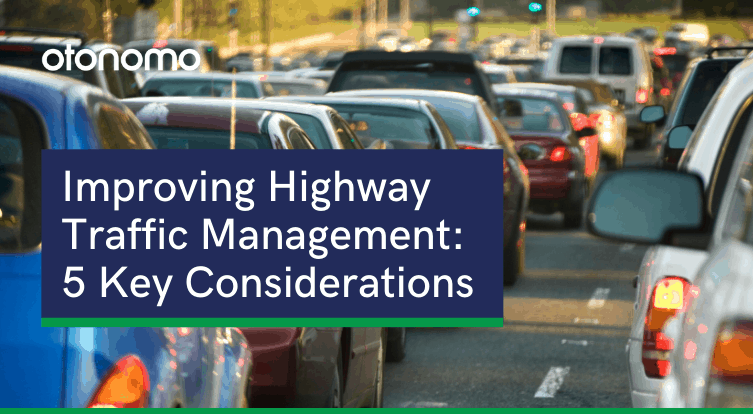Did you know that 43% of the US road system is in poor or mediocre condition? In the 2021 Infrastructure Report Card, roads were given the grade D! This problem costs motorists more than $1,000 per person every year in wasted time and fuel expenses.
When planning better main roads and highways for users including motorists, passengers and truck drivers, vehicle data can be a huge helping hand. Here are 5 things to think about when you are looking to improve the highway traffic management in your city:
-
The Importance of Real-time Data…
-
…and Historical Data, too
-
Introducing Smart Road Signage
-
The Needs of Public Infrastructure
-
Enhanced Communication with Users








